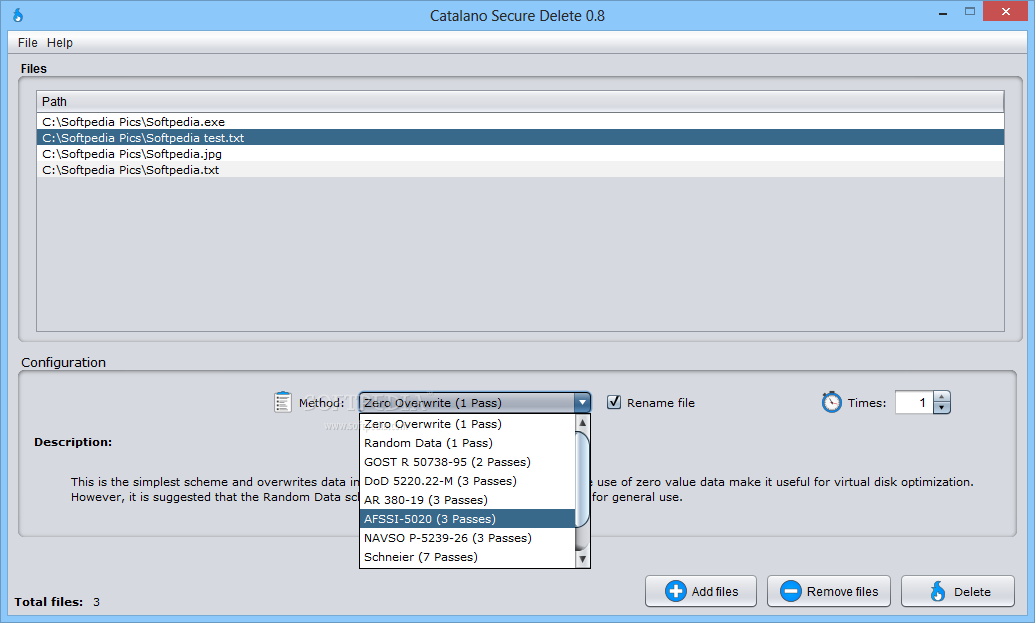
In the right hand pane, choose Erase Free Space.

Macintosh HD) in the left hand pane of the Disk Utility window. Select the name of your hard drive (e.g.Launch the Disk Utility Application, from Applications/Utilities on your hard drive.It will take a long time, so plan ahead if you need to use it. If you have already deleted sensitive data from your machine, or just want to make sure that the files you have deleted are not recoverable, use this option. This may take some time, depending on how large the files are. From the Finder menu, select Secure Empty Trash.Move the files into your trash (at the end of the Dock).IT will NOT be able to recover them afterwards! Method 1: Secure Empty Trash Warning! The following methods will PERMANENTLY delete the files in your trash and other files you have previously deleted. If you have been working on encrypted files or other sensitive data and see this folder in your trash, you should use the Secure Empty Trash option to securely erase them from your computer. Note: Mac OS can keep a copy of your files in a "Recovered Files" folder in the trash. If you have sensitive data on your machine and need to delete it securely, there are two methods to use: Search the Help Desk Search Securely Deleting Sensitive Data on a MacĮven after you have deleted files from your machine, they may still be recovered by special file-recovery software. Course Google Group Request (course email list).



 0 kommentar(er)
0 kommentar(er)
